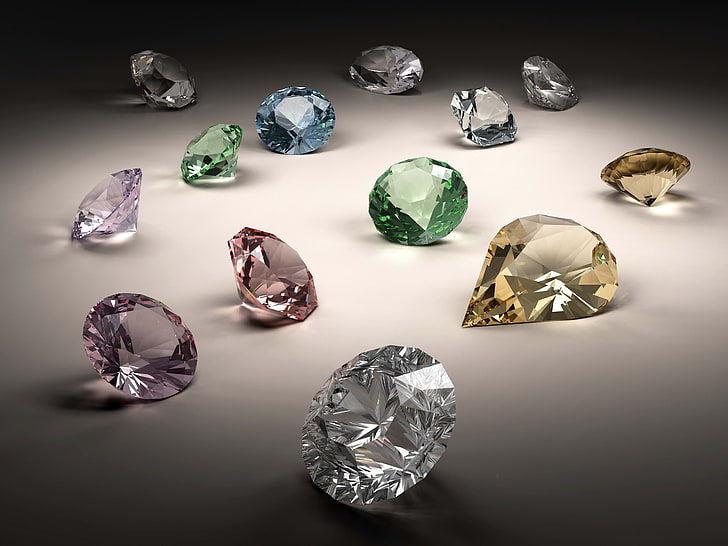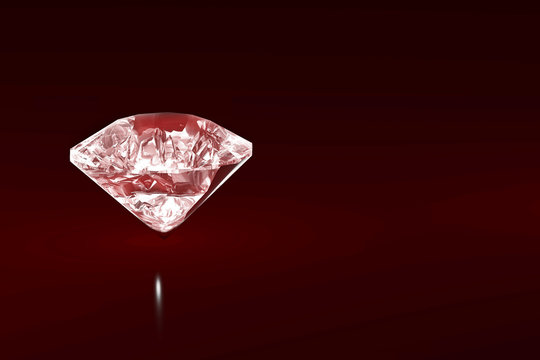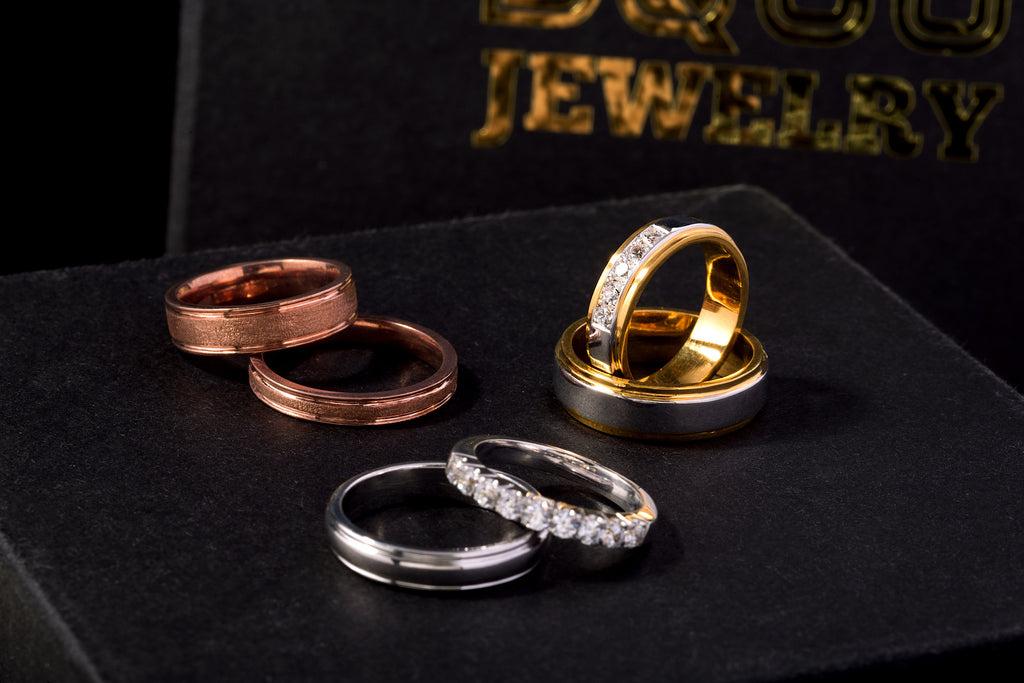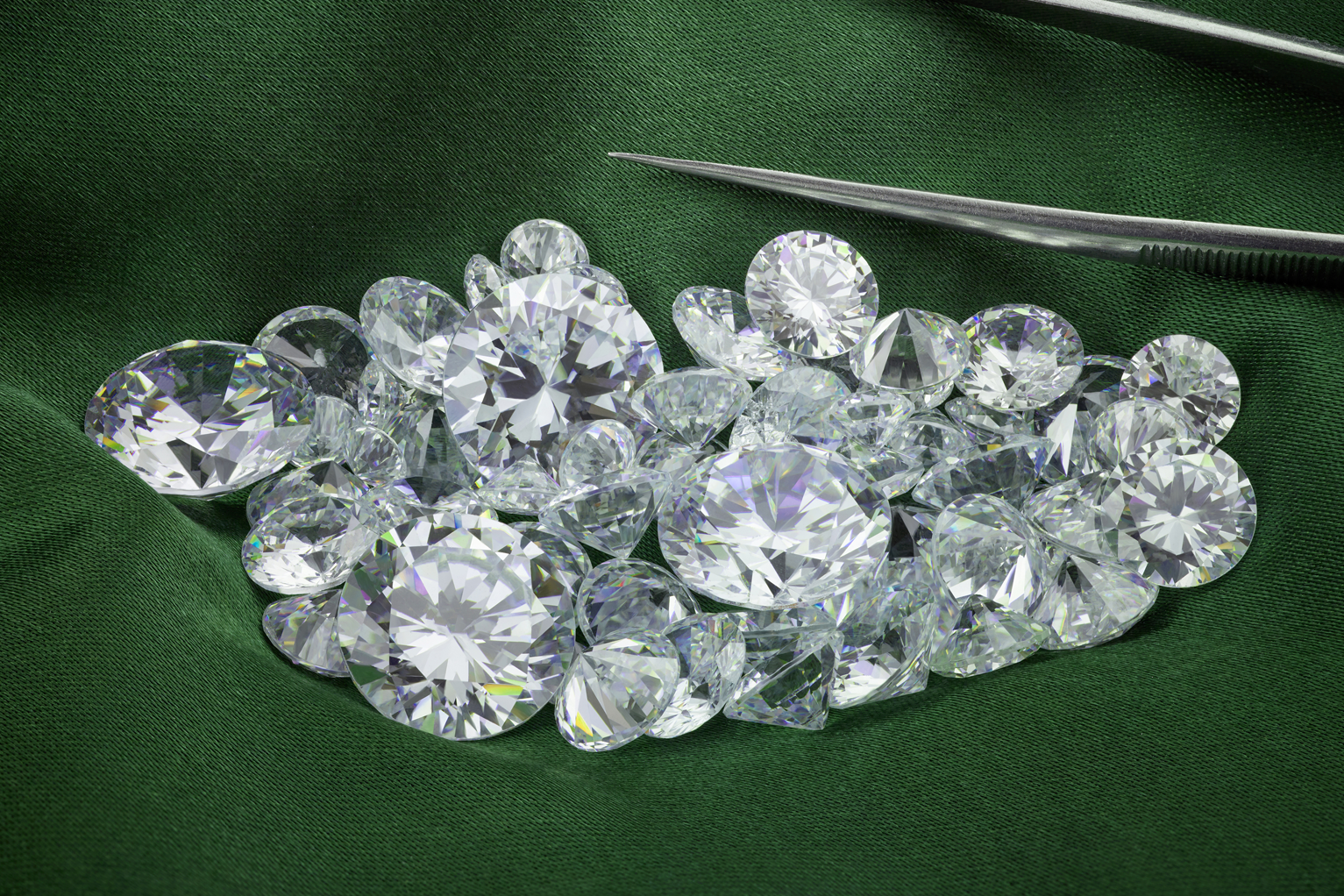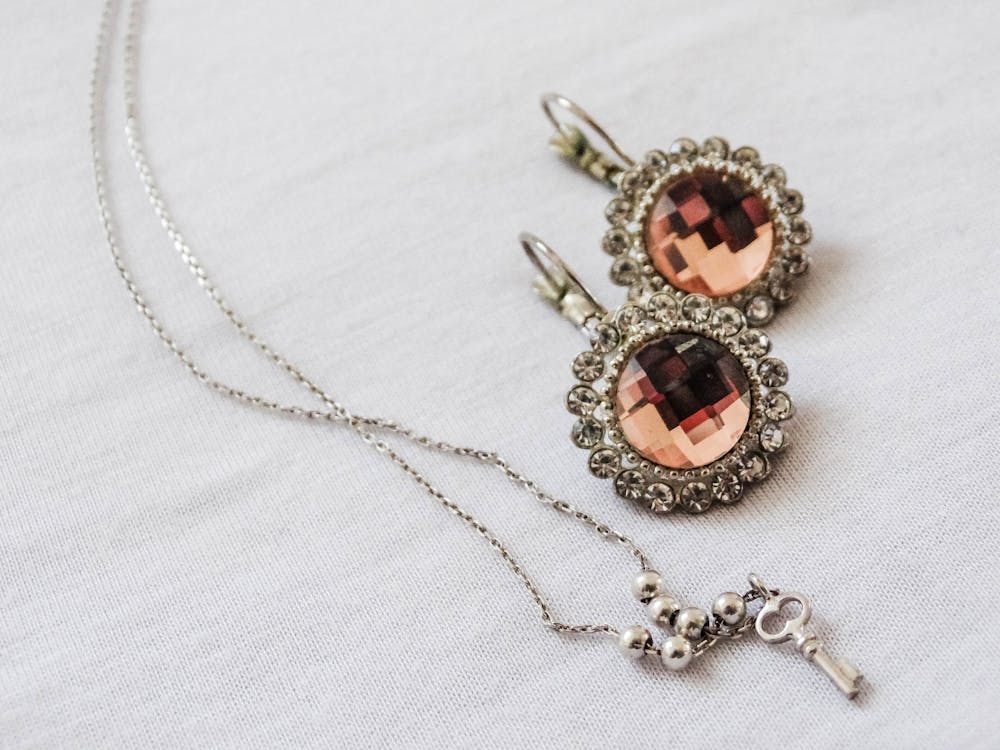
Moissanite is a gemstone gaining significant popularity as a dazzling alternative to diamonds. But is it actually a diamond? No, although the term “moissanite diamond” is sometimes used, it can be misleading.
Here’s a breakdown of what moissanite is and how it compares to diamonds:
What is Moissanite?
Moissanite exists in two forms: natural and lab-created. Natural moissanite is an incredibly rare mineral, first discovered in 1893 by French chemist Henri Moissan. Lab-created moissanite, however, is much more common. It’s formed by simulating the extreme heat and pressure conditions found naturally to create silicon carbide crystals.
Moissanite vs. Diamonds: Key Differences
- Origin: Natural moissanite is extremely rare, while lab-created moissanite is readily available. Diamonds can be mined naturally or grown in labs.
- Composition: Moissanite is silicon carbide (SiC), while diamonds are pure carbon.
- Brilliance: Diamante moissanita is known for its exceptional brilliance, often exceeding that of diamonds due to its high refractive index.
- Durability: Both moissanite and diamonds are incredibly hard and durable, making them excellent choices for everyday jewelry.
- Cost: Moissanite is generally more affordable than diamonds of comparable size and quality.
Choosing Between Moissanite and Diamonds
The best choice for you depends on your priorities:
- Ethical Concerns: If you prefer a conflict-free stone, lab created diamonds or moissanite are good options.
- Budget: Moissanite offers similar sparkle at a lower price point.
- Fire: Diamonds exhibit a distinct “fire” – flashes of rainbow colors – that moissanite doesn’t have.
Ultimately, both moissanite and diamonds are beautiful gemstones. Consider your preferences for origin, brilliance, budget, and style to make the best choice for your next piece of jewelry.



